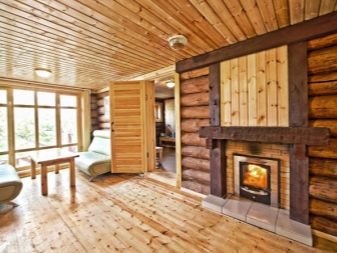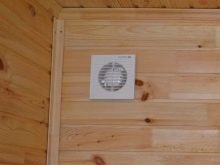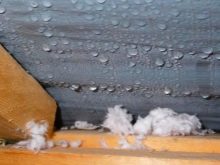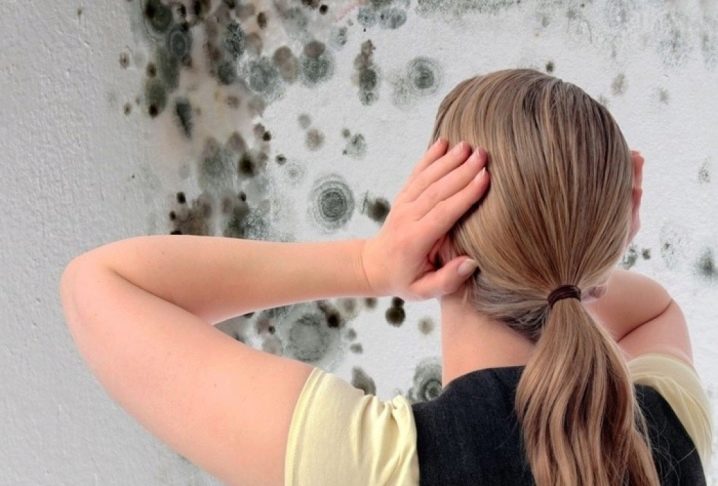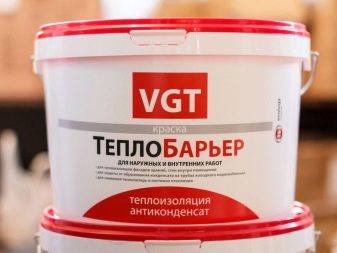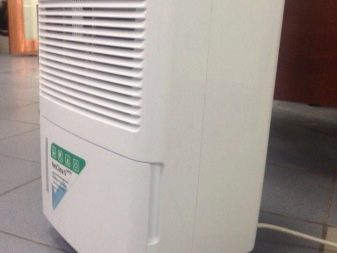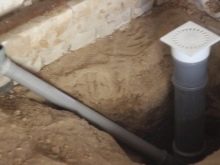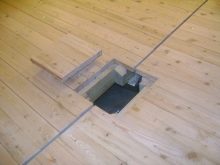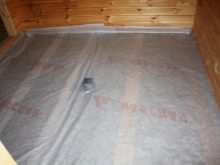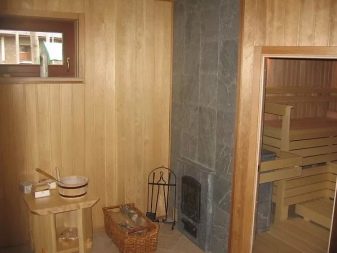How to get rid of condensate in the waiting room in the winter?
In our time, the bath is one of the essential attributes of the rest of many Russians. The owners of the dacha plots and the residents of the private sector, who have built a bathhouse on their site, often face the phenomenon of condensate in the waiting room. Water drips from the ceiling, walls become wet, mold and fungus are formed, which, in turn, damages not only the construction itself and the things stored there, but also human health.
Eliminating the cause of condensation in the waiting room in the winter is not always easy because of the proximity to the wettest rooms. But it must be done in the shortest possible time.
What is condensate?
Condensate is called moisture that settles on the walls and ceiling due to the occurrence of temperature differences.Under the influence of heat from the furnace, water evaporates and is converted into steam, which, due to the circulation of air in the room, is collected at the borders of the room. Walls, ceiling and windows are located at the junction of two temperatures. On the one hand, it is warm inside, on the other - cold from the street. Steam settles on a cooler surface, forming dampness.
A number of factors can influence the formation of moisture:
- Violations in the performance of thermal insulation work. The heat insulator, for example, foam plastic, does not “breathe” simply because it does not let the steam through itself, as a result of which moisture is formed. Sometimes the reason is at the dew point, which is not outside, but inside the room, causing walls to become damp and wet. Recall that the dew point is the temperature at which steam turns into water.
- Violations when installing ventilation. The temperature in the steam room and the dressing room varies considerably and when you open the door, the steam settles in the room and flows down the walls.
- High humidity in the room. Water evaporates in the form of steam, collects at the walls and ceiling and condensate forms.
- High air temperature, especially in winter. The temperature in the bath (dressing room) is always higher than the temperature outside, and in winter this value can be tens of degrees.Steam settles on a colder surface, windows sweat, moisture collects on the walls and ceiling.
What is dangerous condensate?
Dampness and high humidity in the first place - it is a favorable environment for the development of various microorganisms, fungi, mold. Wet walls and ceiling often lead to the formation of rot, due to which the room of the bath can come in an emergency condition. Just as mentioned above, all this can adversely affect human health.
How to eliminate the causes of condensation in the waiting room?
One of the easiest ways to remove condensate is to coat surfaces that are exposed to hot steam with heat insulating paint. When the bath is heated, the upper part of the walls and the ceiling will heat up faster, which will significantly reduce the amount of moisture generated on them. It is also required to insulate the room outside, moving the dew point closer to the outer layer of the bearing walls.
If you are ready to spend money once, you can purchase an air dryerwho will do all the work for you. It will eliminate excessive moisture, which is the cause of condensation, which means that the windows will no longer sweat, the walls will not get wet, and will not drip from the ceiling.
Modernization of the ventilation system will help to get rid of condensate in the waiting room in the winter. One of the easiest ways is to create ventilation holes in the ceiling - strictly opposite each other at opposite ends of the room. Thus, excessive steam and humidity will leave the room, and you should not worry about the draft.
Low-powered fans can be installed in the ventilation holesthat will help cope with dampness. Do not forget that during the procedures in the steam room, all ventilation openings should be closed with a thick cloth or special valves, until the end of the session.
It will be useful to do and simple ventilation of the room after use. Wet walls, the ceiling can be wiped with a rag or mop and leave the door open until completely dry.
Many masters advise to install vaults for the outflow of water. If you have a so-called leaking floor - there are gaps between the floorboards, then the vault is installed directly under the floor itself and should have a slope to the drain hole.
In the case of tightly fitted floorboards, the drain is installed in the lowest place. Be sure to warm the floor with waterproofing and periodically check its integrity. Masters are advised to install valves in the drain to prevent unpleasant odors.
Water from the drain should be removed outside the building or the bath itself should be built on a pile foundation so that the wood dries better and the evaporating liquid does not condense in the bath.
Installing heaters in the dressing room also contributes to lowering humidity and eliminating condensation factors. A stove or fireplace, melted by wood or heated by electricity, will dry the air from the steam and prevent condensation from forming.
Do not forget about safety. Any heaters must be installed strictly according to the rules, because their presence increases the risk of ignition. Do not leave ovens and fireplaces unattended, put out the coals before leaving and turn off the power from the network.
For more information about installing heaters and ventilation in the dressing room, see below.

